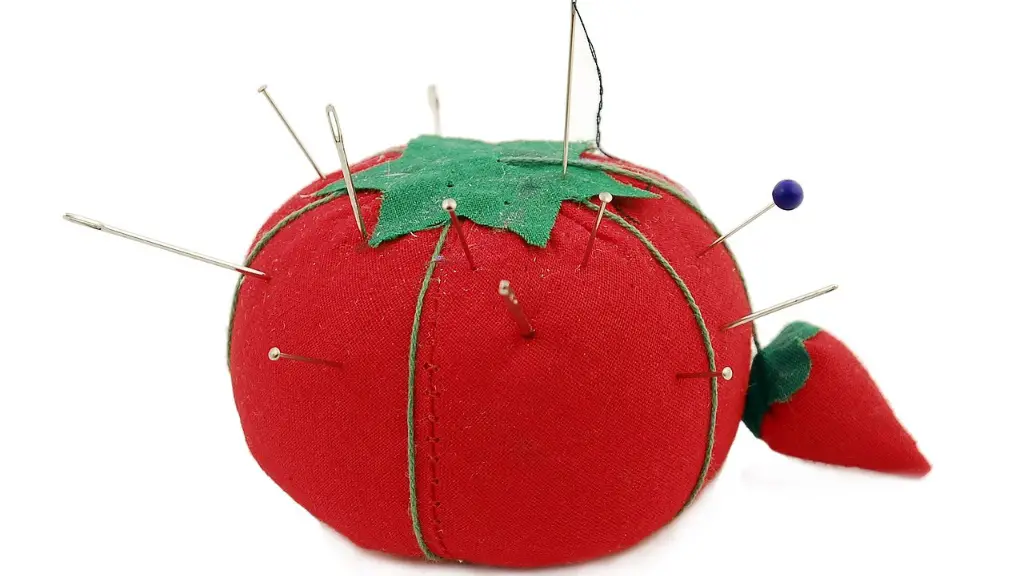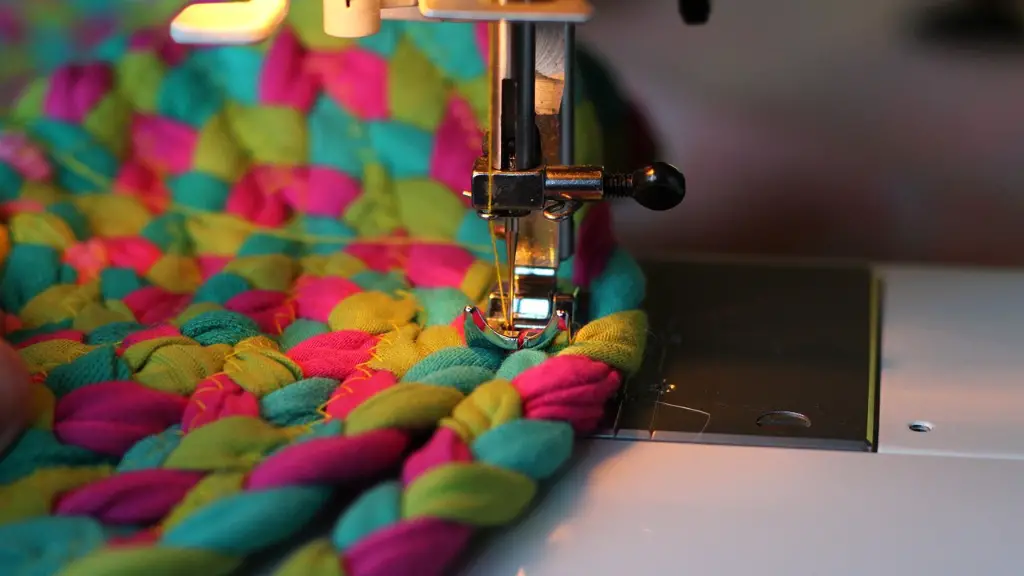Overview
Sewing with wool is not a new project; many sewers enjoy the challenge of working with this fabric because of its unique characteristics. Wool is a strong and durable fabric, though can be hard to work with due to its tendency to fray and unravel. Sewing machines are perfect for working with wool because of their ability to handle the heavier weight fabric and create more secure stitches. However, since wool is also a delicate fabric, sewing it with a sewing machine requires some special considerations.
Considerations
The primary consideration when deciding to sew with wool is to make sure that the fabric is appropriate to use with a sewing machine. The weight of the fabric should be suitable for the sewing machine—too light and it may become tangled in the bobbin case or the stitches may slip. Too heavy and the machine can become damaged. Similarly, make sure that the thread and needle being used are suitable for the weight of the fabric. Threads too thick can pucker the fabric while threads too thin can become tangled. Needles should be suitable for the type of fabric being used, too—for instance, leather needles are better than universal needles when working with wool.
Tips
When attempting to sew with wool, preparation is key. Before sewing, press wool fabric lightly with a warm iron to flatten out any wrinkles. It is also important to use a walking foot or Teflon foot when sewing with wool as this will help reduce the friction on the fabric and make it easier to move through the machine. Finally, make sure that the machine is properly adjusted and tensioned for the project.
When sewing with wool, it is important to take stitches slowly to ensure that the fabric does not bunch or become distorted. Pay attention to the tension of the thread and the stitches, making sure that the fabric does not become loose or too tight in any areas. Wool is particularly susceptible to showing signs of wear, so use a wider seam allowance when sewing, and avoid ripping out seams as much as possible—instead, carefully unpick the stitches and start again.
Using a Serger
A serger is a great tool to use when sewing with wool. Sergers use several threads to lock the stitch and add extra strength to the seam. They also help finish the edges of the fabric, remove extra bulk and reduce puckered seams. When using a serger on wool, be sure to use the right needle, thread and stitch settings, as the wrong settings can lead to fabric bunching during the sewing process.
Caring For Wool Garments
Wool garments, especially when made with a machine, require gently care. Handwashing is typically recommended to prevent shrinkage or colour running, though if the manufacturer’s care label states that the fabric can be machine washed, make sure to use a gentle cycle and avoid fabric softeners or any other harsh chemicals. Allow wool items to air dry—avoid placing them in direct sunlight or in a dryer.
Summary
Sewing with wool can be a rewarding experience, with certain considerations and care being taken to ensure a successful outcome. When working with a sewing machine, make sure that the fabric and thread are suitable for the machine, press the fabric before sewing and take extra care when adjusting tension and stitch length. A serger can also be used, though care should be taken to make sure the stitches are secured and not bunching. Finally, when caring for the wool garments, handwashing is typically best to ensure colour and size retention, however it is important to follow any special care instructions that accompany the fabric.

